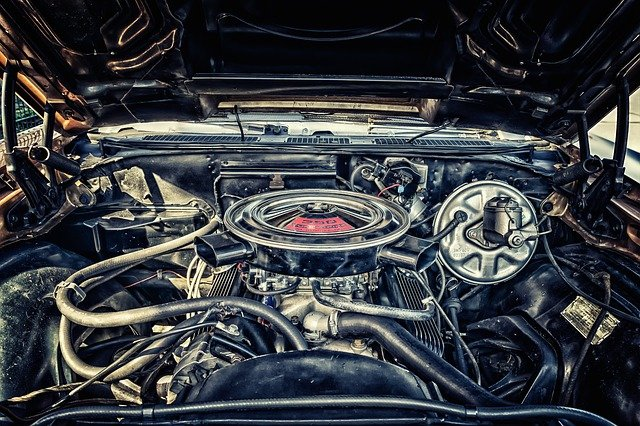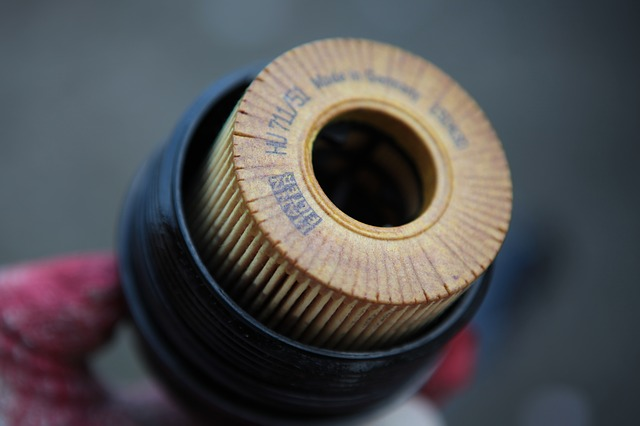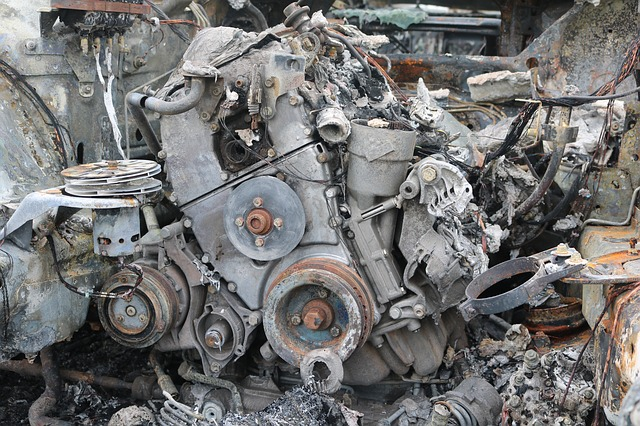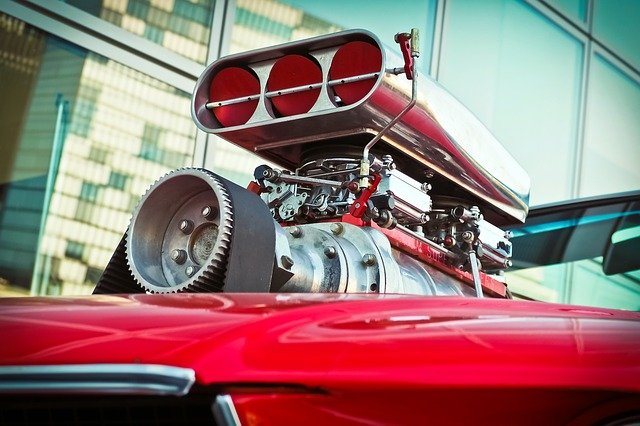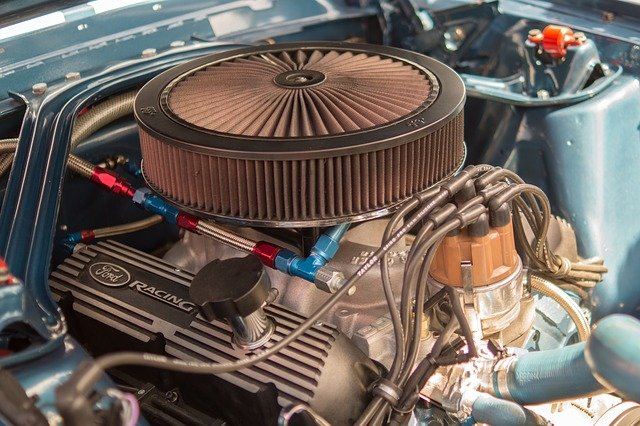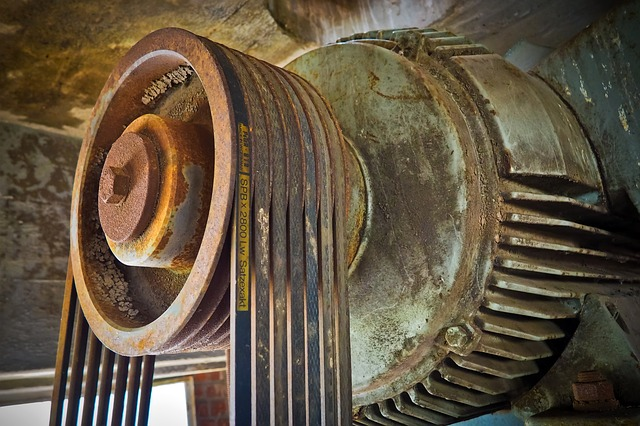In an engine, oil is a vital part of the operation. It lubricates moving parts and cools the metal so that it doesn’t overheat. Over time, the oil will become contaminated with particles formed from combustion gasses and old engine oil.
These particles, commonly described as sludge, can stick to moving parts and form an abrasive film on moving surfaces. They also cause corrosion in metals, resulting in engine overheating or even engine damage.
What Is Engine Sludge?
Engine Oil Sludge is a thick and dense mixture of soot, sludge, and other contaminants that can build up inside your engine. It’s highly corrosive, breaking down metal parts like pistons, rings, and bearings.
Over time, oil sludge can severely damage engines. The condition is most commonly caused by dirty oil, which causes the sludge to form faster than the engine can break it down. This, in turn, leaves your engine vulnerable to further damage from the build-up of combustion gases that have nowhere else to go.
When an engine develops sludge, it often starts as a steady decline in performance or noticeable misfires before it fails.
How Does Engine Sludge Form?
Engine oil is an essential part of any car’s engine. Whether regular or synthetic, the oil keeps everything lubricated and running smoothly.
But there’s a catch: engine oil isn’t meant to get dirty, and it can’t be washed away or cleaned with water. That’s because it contains many things that are toxic to humans. Even in small amounts, these chemicals can cause health problems.
These toxins include zinc and phosphate compounds present in all types of engine oil. These compounds bind to metals in things like aluminum, copper, and iron, causing them to form rust harmful to living organisms. In addition to that, these compounds also include acids when exposed to air (which is why engine oil sludge forms).
When a car engine is running, the oil in the crankcase contains a small number of metal particles. This metal is usually iron and nickel, naturally occurring in the oil. When metal particles are mixed with oil, they combine to form a molten sludge that gets heated by friction when the engine is under load.
There are a few main things that cause engine sludge:
Detergent Failure
Sludge happens when the detergents in the engine oil break down or aren’t strong enough to control dirt and debris. There’s a lot of particle matter in most engines (especially used ones), and if the detergents in your oil do not control it, it will form sludge. The best way to avoid sludge is to use high-quality motor oil with solid detergents.
Low Maintenance/Low Mileage.
This is a big problem for motorists who do not drive their cars. Oil starts to break down after about 5,000 miles, so if you don’t drive enough to change your oil at least once a year, it can become sludgy and lose its ability to lubricate and protect your engine parts. This can result in catastrophic damage to your engine.
Excessive Heat
The primary cause of engine oil sludge is excessive heat. Sludge forms as engine oil break down. Heat accelerates the breakdown of the oil, making it break down more quickly than it should.
Long Periods Of Inactivity
Oil thickens when the engine is cold and thins out when it’s hot. If a car sits unused for too long, the freezing conditions can cause sludge to form.
Rotten Seals Or Oil Filter
Rotten seals in valve covers and gaskets can allow moisture and dirt into the engine, accelerating sludge formation.
Clogged PCV
Sludge can also be caused by a clogged PCV system, which allows combustion gases to enter the crankcase. Combustion gases contain water vapor and acids, which can cause corrosion and sludge formation. Another source of sludge accumulation is extended idling. Extended idling allows more time for contaminants to accumulate in the oil. Also, idle speed combustion temperatures are lower than average operating temperatures, allowing unburned fuel and other contaminants to enter the crankcase via the PCV system.
How Serious Are Engine Sludge Problems?
Engine sludge is a gooey, tar-like substance that builds up in your car’s engine. It can clog oil passages, impair the functioning of gaskets, and block oil flow to essential parts. Sludge can damage your engine’s performance or even cause it to fail. Fortunately, there are some steps you can take to prevent engine sludge from developing in the first place.
In extreme cases, severe damage can be done to an engine. It can plug certain parts of the engine and cause damage to others from overheating.
Engines have been known to fail due to this build-up, but it is more common for damage to occur slowly over time, so you may not even notice it at first.
Slight To Extreme Cases Of Oil Sludge
It depends on how much sludge is in the engine. Sludge is a thickening of the oil that coats all internal parts and gums them up. It’s caused by not changing the oil frequently enough or, more likely, using a shallow quality oil that doesn’t have the additives to control sludge.
Slight
If there’s only some sludge, you can usually clean it out by changing the oil, replacing the filter, and adding an engine-cleaning solvent/detergent like SeaFoam. Drive at average highway speeds for 50 miles (80 km), and then change your oil again. This should remove most of the sludge. Do another oil change in a couple of weeks if you still think the engine needs it.
Worse
If the engine has lots of sludge and has lost power over time because of restricted oil flow, it may not recover unless you disassemble it, clean it out with a wire brush and solvent, reassemble it with new seals and gaskets and have it honed by a machine shop.
Extreme Cases
There are machines like Water-Jetting USA that can blast inside an engine with pressurized water to remove most of the sludge without removing most of the parts.
Engine Oil Sludge Symptoms
Engine oil sludge symptoms are a lot more common than people think. I have seen them on all kinds of cars, old ones, and everything in between. This is because engine oil sludge is mainly caused by driving habits, poor maintenance, and the environment you drive in.
Engine oil sludge is a problem that can appear in many types of engines—sludge forms when moisture and oil combine to create a thick gel-like substance. The most common places for this are in the valve train and around the piston rings.
Engine oil sludge is more likely to form in vehicles driven for short distances and at low speeds because these conditions do not allow the engine to reach its optimum operating temperature. Engine oil sludge is also more likely to form in engines that have been idled for extended periods.
Ticking Or Clicking Noise From The Tappet
The ticking noise that you hear when the engine is running is due to the normal movement of the valve tappets. Sometimes, the oil pump fails to supply sufficient oil for lubrication of the tappets. This results in clicking or ticking noise from the tappet.
The tappet is a camshaft follower which rides on a camshaft lobe. The noise sounds like a tick or clicks coming from the upper part of the engine during acceleration.
Low Oil Pressure And Warning Light
The low oil pressure warning lamp lights up on the instrument panel due to a low-pressure switch, which actuates at a preset pressure. The button is sensitive, and it will give signals even if there is a slight drop in the force.
Engine Failure Due To Lack Of Lubrication
The engine oil sludge problem was first recognized in the late 1990s when some vehicles were brought in for oil changes at around 30,000 miles, and their mechanics found thick, tarry sludge clogging up the engines.
A quick search on the Internet will turn up plenty of horror stories about expensive engine repairs that owners say are due to sludge buildup. But the reality is that oil sludge — a thick, jelly-like goo — is just one of several possible causes of engine failure. To understand why let’s look at what happens when an engine seizes.
The first thing to know is that there are two types of engine seizures. A mechanical seizure occurs when metal parts come into contact, causing them to grind together and stop moving. This can happen for several reasons, including lack of lubrication (where oil sludge comes in), overheating, and excessive wear on parts over time.
A hydraulic lock is less common and typically results from a broken piston ring or other mechanical failures that allow fuel or coolant to enter one or more cylinders. When this happens, the pressure increases until the cylinder head becomes so hot it melts and seizes up the engine.
Exhaust Smoke
White exhaust smoke indicates water in the combustion chamber, which could be caused by engine oil leaking from a clogged passage. Black smoke can exhibit an overrich fuel mixture and a possible misfire.
The most common symptom of engine oil sludge is smoke coming from your exhaust pipe. If you suspect this is happening, you should immediately bring your vehicle in for service.
Misfires and Hesitation
Engine misfires are often caused by worn-out spark plugs or faulty fuel injectors but could also be caused by low oil pressure due to thickened oil or lack of lubrication on moving parts.
Removing Engine Sludge
Removing engine oil sludge requires some precision work under the hood. First, you’ll need to drain the entire oil system — including any residual oil left in the intake manifold gaskets and crankcase ventilation system — which is best done with a clean catch pan bolted to the underside of your vehicle’s front suspension. Then you’ll need to remove any remaining oil with a catch pan or drain pan before adding fresh oil back into the system and reinstating all of your engine components.
How To Prevent Engine Sludge?
Sludge buildup forms when motor oil oxidizes, breaks down, and thickens. You can prevent engine sludge by following a few simple rules.
Regular Oil Changes
The best way to prevent engine sludge is to follow your car’s recommended oil change schedule. You can find this in your owner’s manual or inside the driver’s door. Regular oil changes will ensure that your oil is clean and able to do its job, lubricating your engine and removing debris.
If you’ve been putting off oil changes, it’s not too late to start preventing engine sludge now. Start following the recommended schedule and use a good quality detergent oil when you change your oil. Detergent oils contain solvents that help dissolve sludge and keep it from building up in the future.
Drive With Care
If you drive in extreme weather conditions (hot/cold) or if you’re involved in stop-and-go traffic, this can increase the risk of sludge formation. Driving more conservatively and allowing extra time for warm-up in cold weather will prevent sludge from forming as quickly.
Conclusion
Engine sludge is created when the oil in your engine becomes thickened and gummy—it stops lubricating the engine, which can cause severe damage. Sludge usually comes from a combination of driving conditions and maintenance issues.
The good news is that you can take steps to prevent engine sludge. We also highly recommend using LIQUI MOLY Oil Sludge Flush to help get the best out of your oil changes.
Synthetic oil helps to protect and clean against engine sludge. A good quality Engine Flush like our LIQUI MOLY Oil Sludge Flush will work wonders alongside a good quality engine oil from LIQUI MOLY as well. We always recommend doing this together to remove engine sludge, improve fuel economy, enhances the engine performance, saves on vehicle maintenance and keeps your engine clean.

